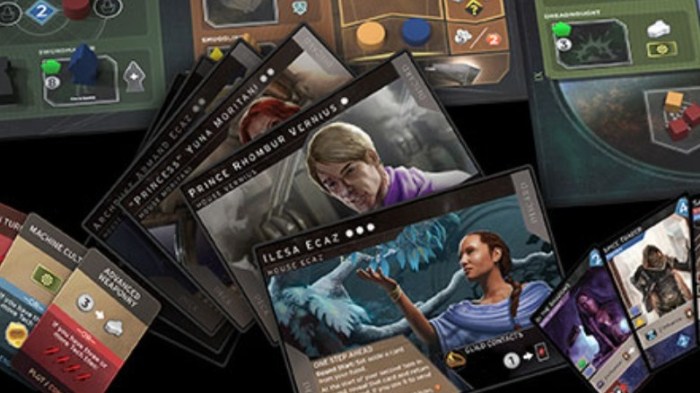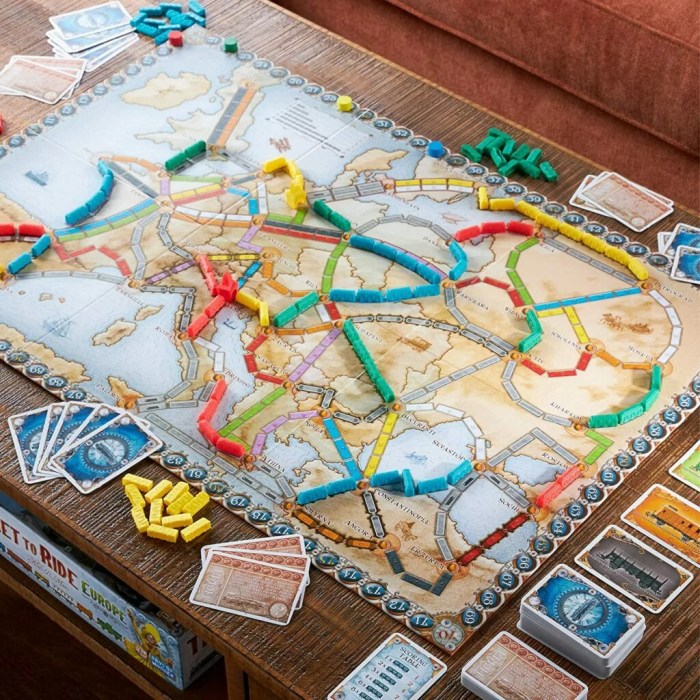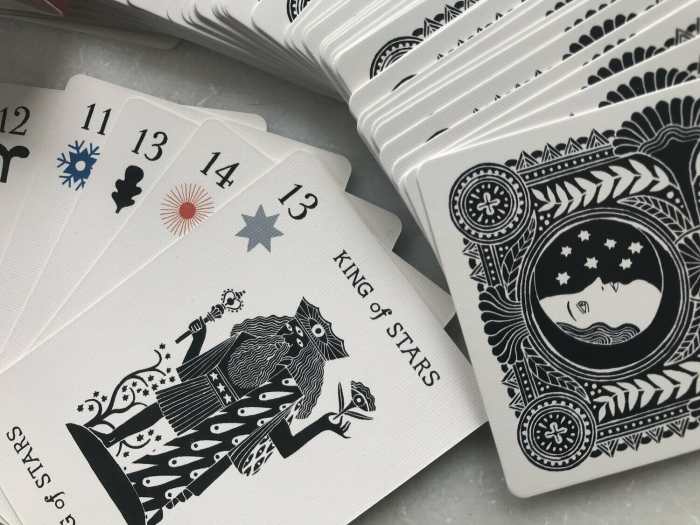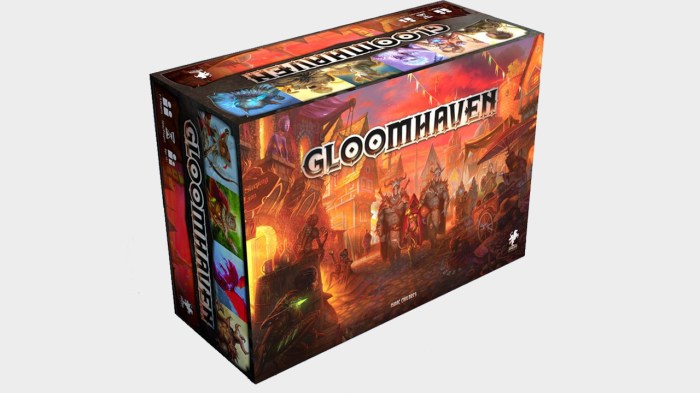
Welcome to the whimsical world of New board games, where the only thing more exciting than rolling dice is watching your friends squirm as they try to outsmart you! In this delightful realm, strategy meets hilarity, and every game night is a chance for victory—or epic failure. With trends shifting faster than a game piece on a hotly contested board, developers are crafting new experiences that are as diverse as the players themselves.
From cooperative missions that demand teamwork to competitive showdowns where only one can emerge victorious, New board games are evolving. Influenced by pop culture, these games are not just about playing; they’re about telling stories through mechanics that leave players eagerly anticipating their next move. Whether you’re a casual player or a hardcore strategist, there’s a new board game out there with your name on it!
Introduction to New Board Games

In a world where digital entertainment reigns supreme, new board games are experiencing a renaissance that brings families and friends together in a tactile and often chaotic manner. The latest releases are not just games; they are immersive experiences, often inspired by popular culture, that captivate both seasoned players and curious newcomers. With clever mechanics, stunning artwork, and innovative themes, new board games are a delightful escape into realms of strategy, storytelling, and occasionally, utter silliness.The development and marketing of new board games have evolved significantly, reflecting broader trends in society and technology.
Crowdfunding platforms like Kickstarter have revolutionized the way games are funded and produced, allowing creators to gauge interest and secure capital before finalizing their designs. This approach has led to an explosion of indie titles that push creative boundaries, often featuring quirky themes and unconventional gameplay that stand out in a crowded market. Furthermore, the art of marketing has also shifted, with social media playing a crucial role in generating buzz and building communities around new releases, leading to a vibrant culture of enthusiasts eager to share their experiences.
Influence of Popular Culture on Board Game Themes and Mechanics
The intersection of popular culture and board games has never been more pronounced, with themes and mechanics often reflecting current trends in movies, TV shows, and even memes. New board games frequently draw inspiration from hit series, blockbuster films, and beloved books, translating them into engaging gameplay that resonates with fans. This cultural synergy not only enhances the appeal of games but also creates an opportunity for players to engage with their favorite narratives in a new format.The impact of popular culture can be observed in various ways, such as:
- Thematic Integration: Many new games are designed around existing franchises, incorporating characters and storylines that players are already familiar with. For instance, games based on the “Harry Potter” universe or the “Star Wars” saga invite fans to immerse themselves in familiar worlds, making it easier to attract new players.
- Mechanics Inspired by Media: Game mechanics are also influenced by the narrative structures of popular media. Cooperative games like “Pandemic” mirror the ensemble casts of TV dramas, where teamwork is essential to overcoming challenges, while competitive games can reflect the cutthroat nature of reality TV.
- Art and Design Trends: The visual elements of board games are heavily influenced by contemporary art and graphic design trends, often resulting in stunning packaging and components that catch the eye. This focus on aesthetics helps to draw in players, making the game feel like both a collectible and a means of entertainment.
As the board gaming industry continues to evolve, the blending of popular culture with innovative gameplay serves not only as a tool for marketing but also as a way to create lasting connections among players. This dynamic ensures that the excitement around new board games is not just a passing trend but a movement that is likely to flourish in the years to come.
Diversity in Board Game Genres

In the ever-expanding universe of board games, players are treated to a kaleidoscope of genres, each offering a unique flavor to satisfy various tastes and preferences. From the cerebral puzzles of strategy games to the laughter-inducing chaos of party games, the variety is as vast as a buffet of snacks at a game night—if only we could roll dice to choose which one to munch on!The evolution of board games has introduced new categories that not only challenge players’ intellect but also encourage teamwork and, of course, endless fun.
The richness of these genres allows every gamer, from the casual family member to the competitive strategist, to find their niche and revel in the joy of gameplay. Below, we explore some of the most popular genres of new board games and provide a handy table showcasing exciting examples and their gameplay mechanics.
Genres of New Board Games
The world of board games is diverse, and understanding the different genres enhances the gaming experience. Here’s a look at three prominent categories: strategy, cooperative, and party games. Each genre comes with its own set of mechanics and appeal.
| Genre | Game Title | Description of Gameplay Mechanics |
|---|---|---|
| Strategy | Terraforming Mars | Players compete to develop the most successful colony on Mars through resource management, card drafting, and strategic planning, pushing the boundaries of climate and technology. |
| Cooperative | Spirit Island | Players take on the roles of spirits defending their island from colonizers by using unique powers to generate fear and drive away invaders, promoting teamwork and strategic cooperation. |
| Party | Codenames | A word-based game where players split into teams and try to identify their agents from a grid of words using one-word clues, creating a blend of strategy and social interaction. |
| Strategy | Root | A game of woodland warfare where players control different factions with unique abilities, each vying for control of the forest, emphasizing tactical maneuvers and asymmetric gameplay. |
| Cooperative | Hanabi | A cooperative card game where players must work together to create a beautiful fireworks display, relying on clues given by teammates while keeping their own cards hidden. |
| Party | Just One | A cooperative word-guessing game where players give one-word clues to help their teammate guess a mystery word, resulting in hilarious and unexpected interactions. |
The rise of thematic board games has captivated diverse audiences, combining storytelling elements with engaging gameplay. As players immerse themselves in narratives—whether they’re battling dragons in a fantasy realm or solving mysteries in noir settings—they find deeper connections to the game. Thematic games often feature intricate artwork and components, transporting players into a world where they can not only play but also live out their wildest imaginations.
This genre caters to everyone from the casual gamer to the die-hard enthusiast, making it a vital player in the industry’s growth. Engaging themes draw players into unique experiences, enhancing replay value and community discussions long after the game has ended.
Board Games vs. Card Games
In the grand arena of tabletop entertainment, two titans emerge: board games and card games. Each offers a unique charm, drawing players into worlds filled with strategy, luck, and the occasional chaotic mishap. While board games often dominate the table with their colorful boards and intricate pieces, card games sneak in with their portability and simplicity, making them prime contenders in the game night lineup.
Let’s dive into the nitty-gritty of these gaming giants and see how they stack up against each other.
Gameplay Experiences of Board Games and Card Games
When it comes to gameplay, board games and card games create vastly different experiences. Board games, with their sprawling boards and myriad components, often involve a greater degree of setup and complexity. Players may find themselves strategizing over a map or navigating a multi-layered game structure, engaging in a battle of wits that can last for hours. Each turn can feel like a mini epic, where every decision could mean the difference between victory and ignominious defeat.In contrast, card games are the sprinters in this race.
They typically offer quicker rounds and easier rules, making them accessible and perfect for impromptu gatherings. A game like Uno can spark laughter and fierce competition in mere minutes, while a heavier board game might take an hour just to explain. Furthermore, the compact nature of card games allows them to be easily transported, fitting snugly into a backpack and ready to conquer any coffee shop or park bench.
“Board games are the marathon runners of tabletop gaming — strategic and endurance-based, while card games are the sprightly sprinters, quick to the finish!”
Appeal of Card Games in Relation to New Board Games
One of the standout features of card games is their accessibility. New players can jump right in without needing an engineering degree to understand the rules. This immediate playability attracts casual gamers who may feel intimidated by the lengthy manuals of some new board games. The portability factor also means that whether you’re at home, at a friend’s house, or stuck at an airport, you can always bust out a deck of cards and get the party started, often leading to spontaneous laughter and memorable moments.Many new board games are discovering the charm of card mechanics, intertwining them into their gameplay to enhance the experience.
For instance, games like *Exploding Kittens* and *Love Letter* utilize simple card mechanics that are easy to grasp, ensuring that anyone can join and enjoy the fun without extensive preparation.
Popular New Card Games that Complement Current Board Game Trends
To showcase the rising stars in the world of card games, here’s a list of popular new card games that are complementing contemporary board game trends, appealing to both seasoned strategists and casual gamers alike. Each of these games promises a good time, whether you’re looking for a quick filler or a game that’ll keep you on your toes.
- Exploding Kittens: A wildly popular card game that combines luck, strategy, and a touch of absurdity. Its zany artwork and hilarious themes make it a hit for all ages.
- Love Letter: A game of risk and deduction that emphasizes simplicity and quick gameplay, perfect for romantic evenings or friendly gatherings.
- Gloom: A unique storytelling game where players seek to make their characters as miserable as possible before they die, featuring transparent cards that create a layered gameplay experience.
- Cartographers: Though primarily a board game, this title incorporates card-drafting mechanics that add an exciting twist to the map-building challenge.
- Unstable Unicorns: A strategic card game where players aim to build an army of unicorns while thwarting their opponents with dastardly plot twists and hilarious card art.
These games not only reflect current trends but also offer a delightful variety of themes and mechanics that can stand proudly alongside the latest board game releases, proving that whether you’re rolling dice or playing cards, the fun is what truly matters!
Final Summary
As we wrap up our exploration of New board games, it’s clear that they are more than just a way to pass the time—they’re a gateway to laughter, strategy, and unforgettable memories with friends and family. With so many genres and styles to choose from, there’s never a dull moment in the world of board games. So grab your favorite snacks, gather your crew, and prepare for an adventure where the only rule is to have fun!
FAQ Summary
What are some popular themes in new board games?
Themes range from fantasy and sci-fi to historical events and everyday life, each providing a unique backdrop for gameplay.
How do I choose the right board game for my group?
Consider the group’s interests, the number of players, and how much time you want to spend playing. Ask everyone what they enjoy!
Are new board games suitable for all ages?
Many new board games are designed with various age levels in mind, so it’s easy to find games that fit families or adult gatherings.
How often do board games get updated or released?
New board games are released frequently, often multiple times a month, as the hobby continues to grow and evolve.
Can I find card games that complement new board games?
Absolutely! Many card games are designed to be easily portable and can enhance the overall gaming experience.





